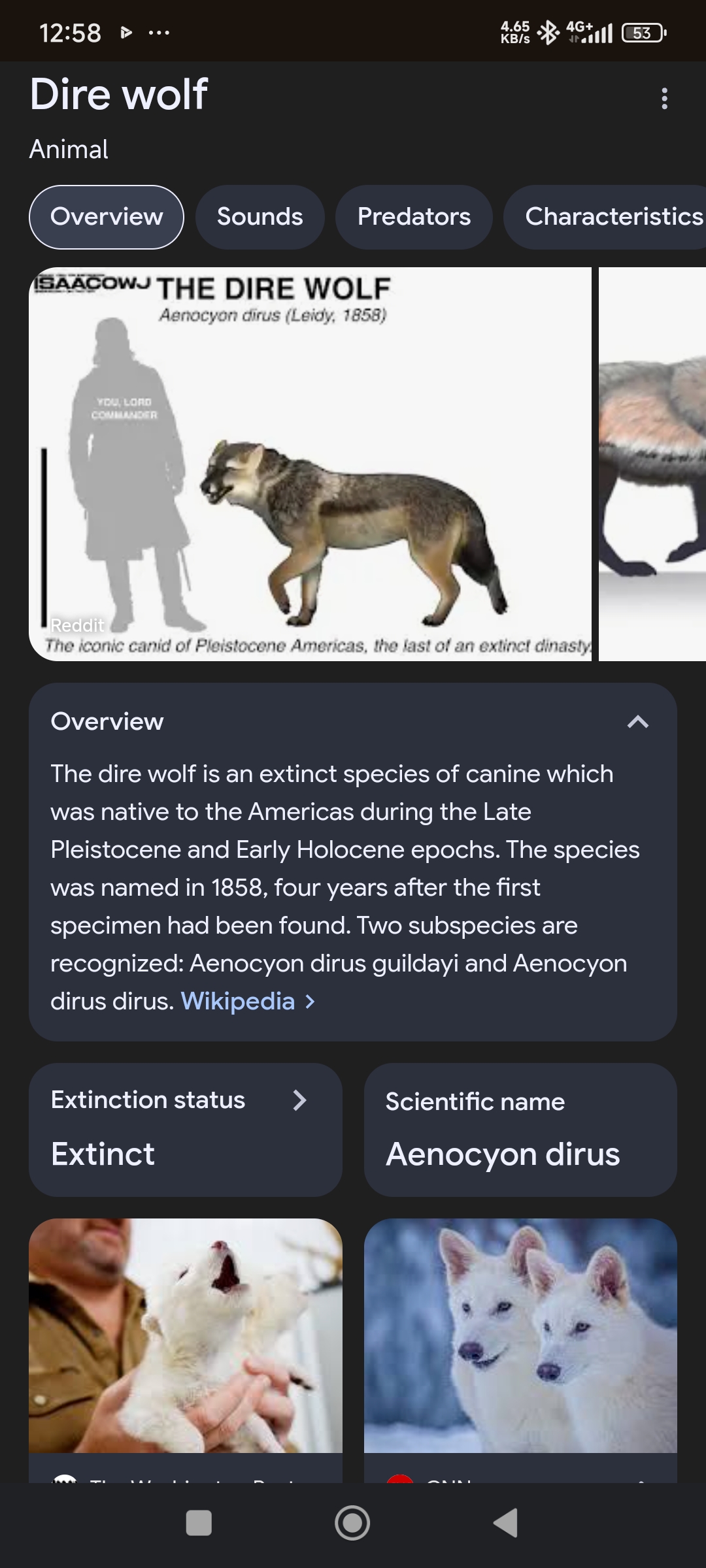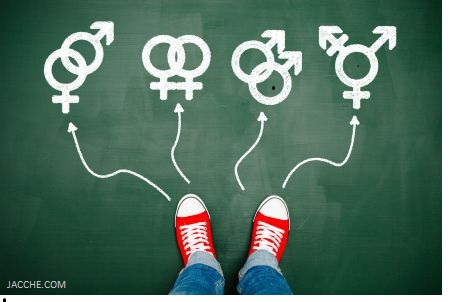sex and gender equality
sex and gender equality
Title: Striving for Equality: Navigating the Complex Landscape of Sex and Gender
Introduction
Sex and gender equality have been integral aspects of societal discourse for decades, pushing societies toward more inclusive and equitable structures. While often used interchangeably, sex and gender represent distinct but interconnected dimensions of identity. The struggle for equality involves addressing the disparities that arise from societal norms, expectations, and biases associated with both sex and gender. In this article, we will delve into the complexities of sex and gender equality, exploring the progress made, the challenges that persist, and the pathways forward.

Understanding the Difference: Sex and Gender
Sex is commonly understood as the biological characteristics that differentiate individuals as male, female, or intersex. These attributes are determined by chromosomes, hormones, and reproductive anatomy. Gender, on the other hand, refers to the roles, behaviors, activities, expectations, and societal constructs associated with being male, female, a blend of both, or neither. Gender is a complex interplay of biological, cultural, and social factors that shape one’s identity.
Progress Made: Achievements in Sex and Gender Equality
Over the years, significant strides have been taken towards achieving sex and gender equality. Legal frameworks and policies have been established in many countries to protect against discrimination based on sex and gender. Women’s suffrage, workplace equity measures, and increased representation of women in leadership roles are just a few examples of positive advancements. Efforts to challenge traditional gender roles have also gained traction, fostering a more inclusive environment for individuals who do not conform to binary gender norms.
Challenges Persist: Continuing Disparities
Despite substantial progress, deep-seated challenges persist in the pursuit of sex and gender equality. The gender pay gap remains a pressing concern, with women globally earning less than their male counterparts for similar work. Gender-based violence and harassment continue to plague societies, underscoring the urgent need for comprehensive measures to ensure safety and dignity for all. Additionally, transgender and non-binary individuals often face discrimination and lack of legal recognition, highlighting the need for greater acceptance and understanding.
Intersectionality: Recognizing Complexity
The concept of intersectionality emphasizes that sex and gender intersect with other aspects of identity such as race, class, sexual orientation, and disability, resulting in unique experiences of discrimination and privilege. Recognizing these intersections is essential in crafting holistic solutions that address the diverse challenges faced by different groups.
Pathways Forward: Fostering Equality
- Education and Awareness: Comprehensive sex and gender education can dispel myths, challenge stereotypes, and promote inclusivity. By fostering a deeper understanding of the complexities of sex and gender, society can create a more accepting environment.
- Policy and Legislation: Governments and organizations must enact and enforce policies that promote equal pay, prohibit discrimination, and ensure safe spaces for all genders. Legal recognition of non-binary and transgender individuals is crucial in safeguarding their rights.
- Media and Representation: The media plays a powerful role in shaping societal norms. Diverse and positive portrayals of different sexes and genders can help break down stereotypes and promote inclusivity.
- Empowerment: Empowering individuals to challenge gender norms and pursue their aspirations can lead to greater diversity in various fields and leadership positions.
- Supportive Communities: Creating communities that provide emotional support, resources, and opportunities can help individuals navigate challenges related to sex and gender identity.
Conclusion
The journey towards sex and gender equality is a continuous and complex one. It requires a multi-faceted approach that challenges deeply ingrained biases, policies, and social norms. By acknowledging the differences between sex and gender, recognizing intersectionality, and implementing comprehensive measures, societies can move closer to achieving a world where all individuals, regardless of their sex or gender, can thrive on an equal footing.
This article generated from open ai
Introduction :-
go to our tube site:- https://site.jacche.com/YouPHPTube
You Can Visit Our Websites :- JACCHE.COM
Facebook Pages :-
(1) ভালবাসা_
(2) Advanced Products
(3) Jacche.com
YouTube Channel :- Apu Chandro Sorker






